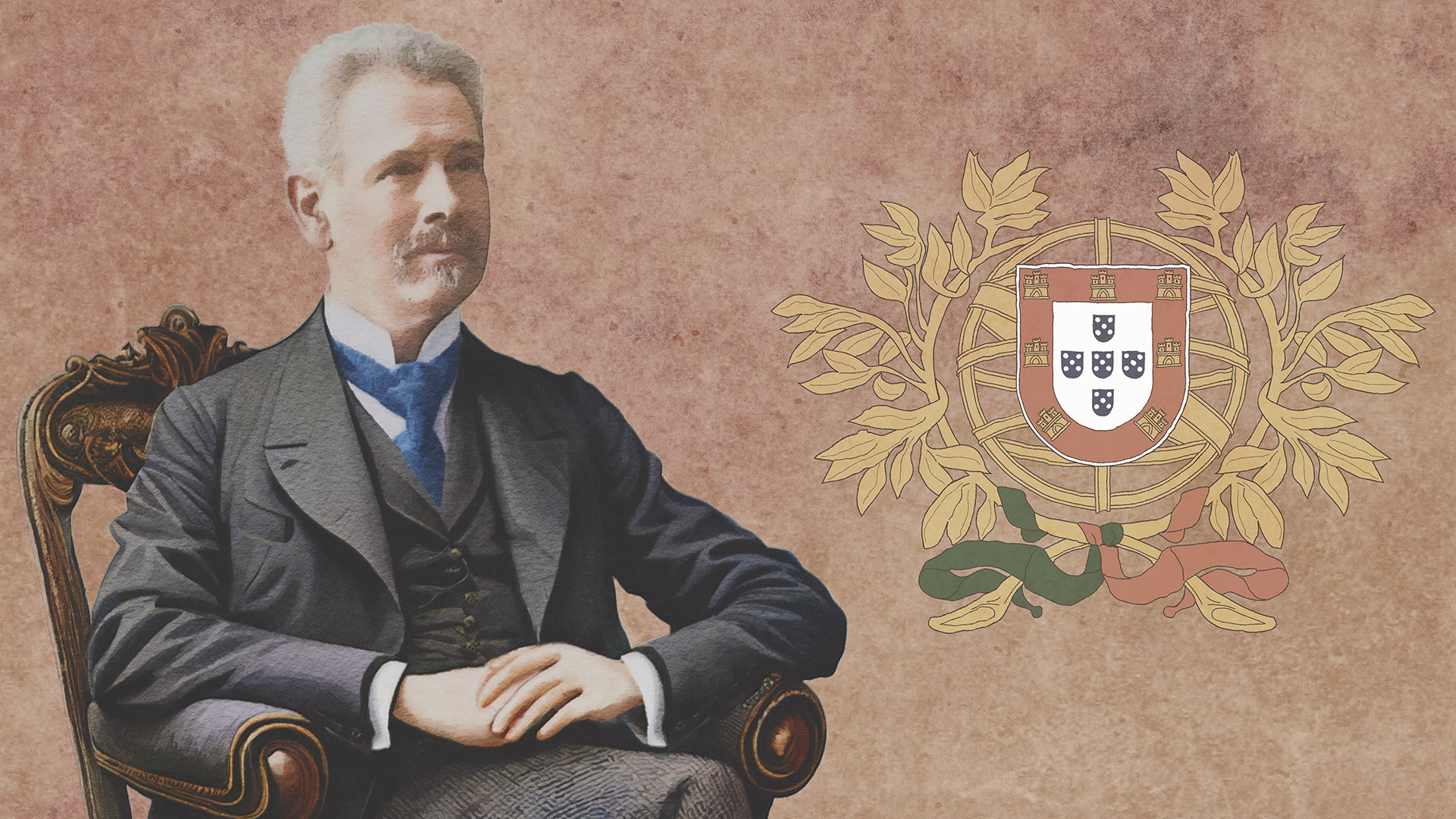Teófilo Braga is one of the most illustrious personalities in the history of the Azores. Born on 24th February 1843, in the city of Ponta Delgada, he came from a family of aristocrats, his father being a former officer of the Miguelista army.
Poet, philologist, historian, ethnologist, and politician, his greatest recognition comes from the fact that he was the second President of the Portuguese Republic, a position he held from 29th May to 4th August 1915.
He attended the Law School of the University of Coimbra and then became a professor at the School of Arts and Humanities of the University of Lisbon, a position he held until the end of his life.
Influenced by the Positivist theory, he adopted republican ideals, and was one of the authors of the programme of the Portuguese Republican Party. After the establishment of the Republic, he played a singular role, presiding over the first provisional government, between 5th October 1910 and 3rd March 1911, during which the new national symbols, such as the flag and the anthem, were adopted.
In 1880, together with Ramalho Ortigão, he organised the commemorations of the Tricentenary of the birth of Camões.
With a solitary and reserved existence, very marked by the early death of his wife and three children, after his mandate as President of the Republic, he almost exclusively devoted himself to his work as a writer.
The literary work of Teófilo Braga amounts to three hundred titles, which include poetry, literary criticism, and cultural history. Among his poetic works, “Folhas Verdes” (1859), “Tempestades Sonoras” (1864), and “Torrentes” (1869) are worthy of mention. However, his preferred field of intervention was ethnology, from which we can highlight “Cancioneiro Popular” (1867), “História da Poesia Popular Portuguesa” (1867), “Contos Tradicionais do Povo Português” (1883) and, regarding his Azorean origin, the “Cantos populares do arquipélago açoriano” (1869).
He died alone in his office, in Lisbon, on 28th January 1924. In 1966, his mortal remains were transferred to the National Pantheon.
Teófilo Braga
